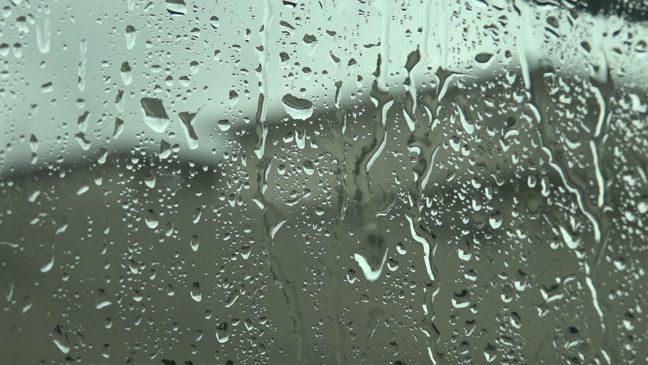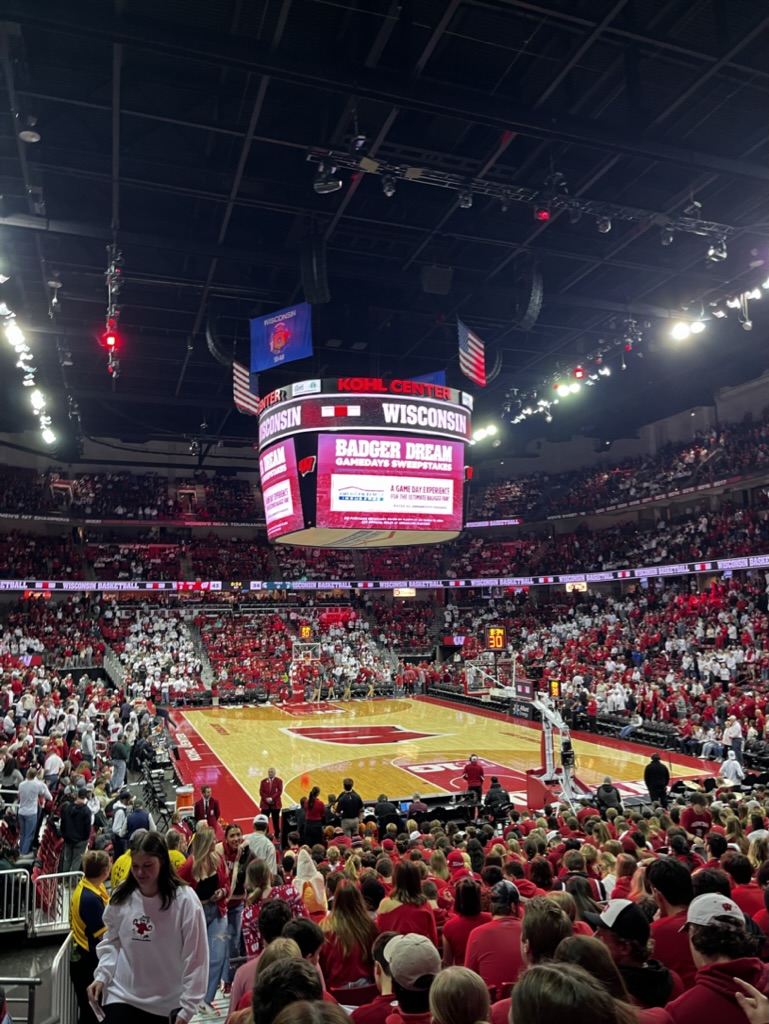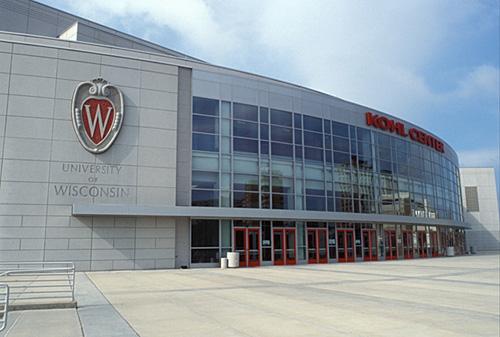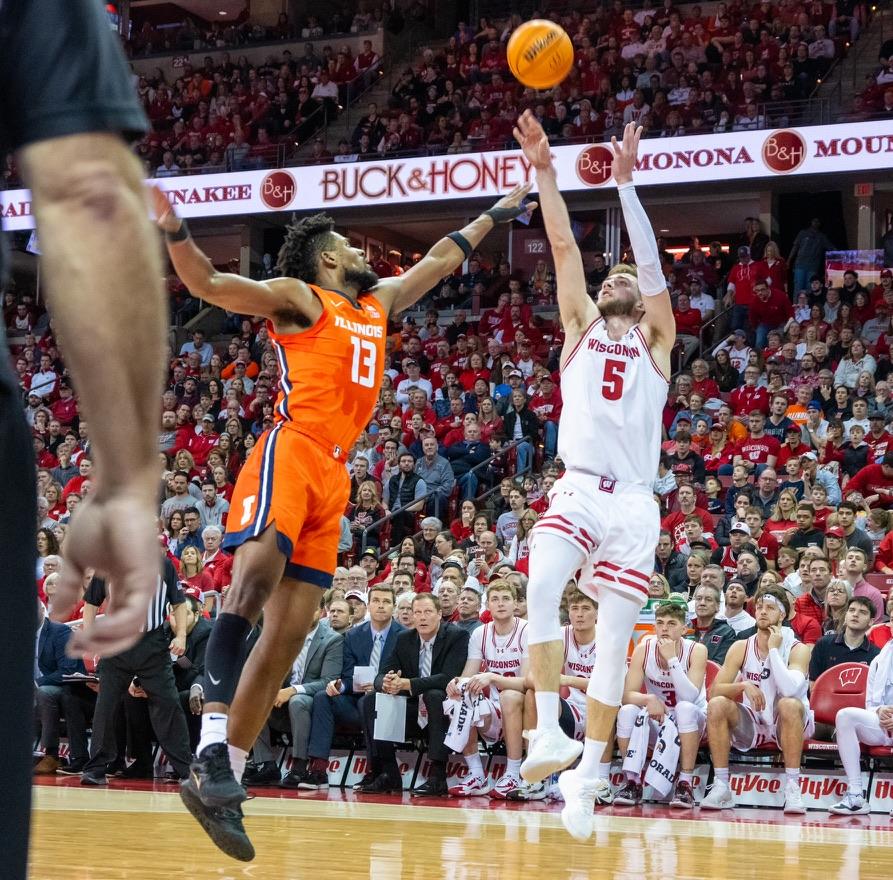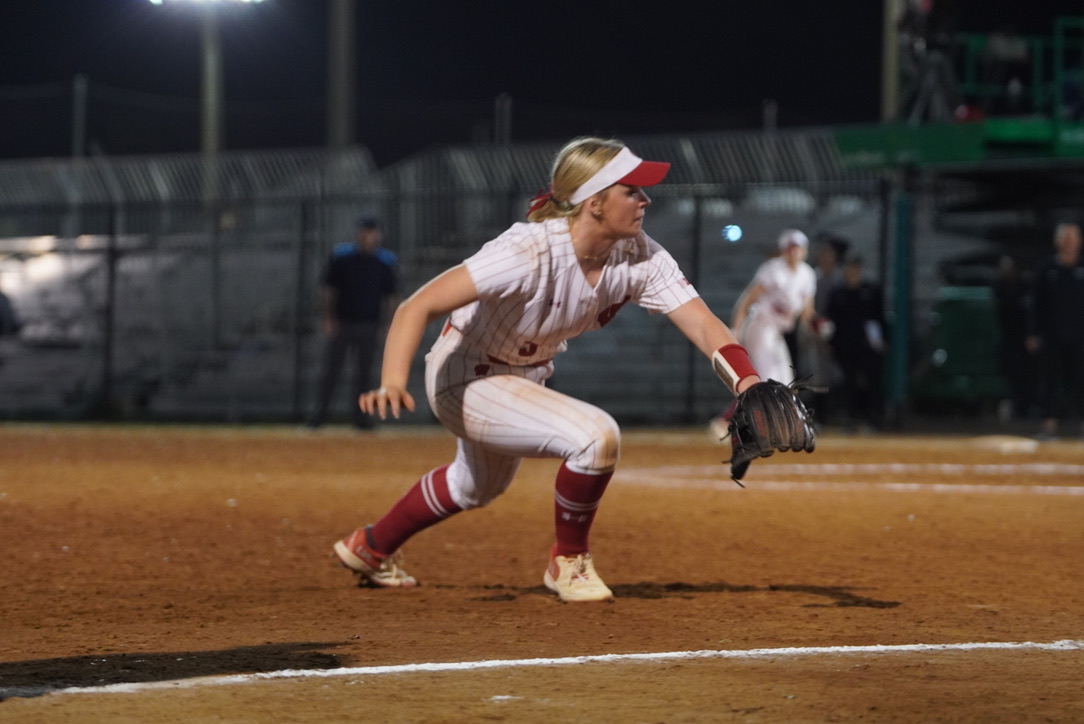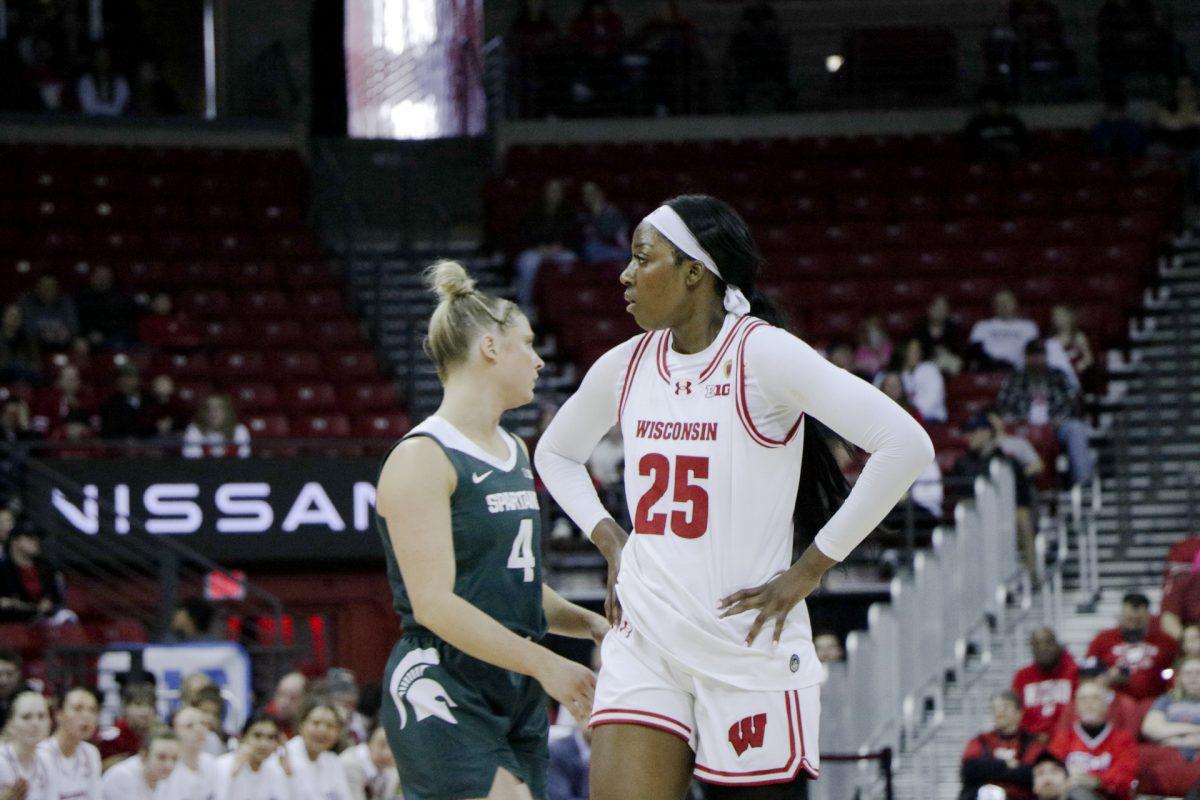
What about this year? Let’s just say that print journalists are not feeling cramped.
The financial strains of the newspaper industry have led to a noticeable decline in print reporters attending this year’s Final Four, according to several veteran basketball writers — a trend that also was seen at last fall’s World Series, this year’s Super Bowl and February’s Winter Olympic Games.
While about 200 more overall credentials — some 1,700 — were issued for the Final Four this weekend compared to last year, Assistant Director for the Men’s Basketball Championship David Worlock said that was largely because of more requests from CBS, the network which owns the broadcast rights to the men’s basketball championship and added significantly to its crew. Worlock did not have a breakdown of the number of credentials issued to print journalists.
This year’s lack of print reporters has created mixed feelings among the reporters who did make it to the Final Four. They lamented what it symbolizes about the business, but it does make it easier to do their jobs.
Bob Kravitz, columnist for the hometown Indianapolis Star and a veteran of many Final Fours, said that for the reporters who were at the event, there was more access to players and coaches. In fact, Kravitz said he “virtually had a one-on-one” interview Thursday with Michigan State Coach Tom Izzo and Spartan star Kalin Lucas.
“This thing used to be so much more monstrous,” he said.
Despite fewer numbers of print reporters, Worlock said overall coverage of the Final Four hasn’t decreased. Only the way it is covered has changed, he said.
Just as readers are flocking to the Web, so have the credentials.
“You could say we have fewer people than 10, 15 years ago, but we have lots of people from AOL Fanhouse, Yahoo Sports, ESPN.com, etc.,” Worlock said. “Instead of writing for newspapers, they’re writing for popular Web sites.”
The trend has affected print coverage of all the marquee sporting events in the past year.
February’s Winter Olympics took a big hit this year. More than 30 newspapers that flew to Italy to cover the 2006 Winter Olympics in Turin, Italy, did not request any for this year’s events in Vancouver.
While the overall number of Olympic credentials was down, there was an increase in the number of online credentials granted.
The hallmark of American sports, the Super Bowl, also suffered a sharp decline in credentials, starting in 2009 when the recession pounded newspapers. Last fall’s World Series also experienced a significant decline in the number of newspapers chronicling the event. Twenty-nine of the 60 newspapers that covered local major league baseball teams home and away did not staff the World Series.
Even some of the nation’s largest newspapers have had to adjust their travel budgets. Because of industry-wide belt tightening, Los Angeles Times Deputy Sports Editor John Cherwa said newspapers have had to focus more on local and regional events that matter more to their readers than a national game.
He said that the Tribune Co., which owns the L.A. Times, Chicago Tribune and six other daily newspapers, is only sending two reporters to the Final Four. But, he said, L.A. Times readers are better served by having reporters at the Dodgers’ and Angels’ opening games.
“If you don’t have a local team in the Final Four or final two, I’m guessing that the Final Four will not be the lead to your sports section,” Cherwa said.
New York Times Sports Editor Tom Jolly said he looks at every situation differently when deciding whether to send his reporters on the road.
“If we believe there’s broad interest among our readers either because of the event, as is the case with the Final Four, or because we can report something distinctive, we send our reporters,” Jolly said. “If not, we’ll rely on the AP.”
Cherwa said the decline in the number of print reporters at the Final Four doesn’t necessarily translate into diminished coverage.
“I’m not sure the bottom line quality of the coverage is affected,” Cherwa said. “What it most likely affects is the duplication of coverage, which is a lot of people doing the same thing.”
Because of smaller sports sections, fewer advertisers and stretched-out staffs, wire services have become more of a go-to option, rather than a backup source. But Memphis Commercial Appeal college basketball beat writer Dan Wolken said readers lose their familiarity with their local reporter when the newspaper uses a wire service report instead.
“I think ideally you want your own people there because you want your own byline,” Wolken said. “But as things have changed with the business model, people put less of a priority on that.”
Kravitz said that because more newspapers are relying on the AP for events it cannot cover, more and more newspapers are starting to look the same.
“It’s becoming more homogenized because everyone is using a smaller number of media outlets to spread the message,” Kravitz said. “That’s dangerous.”
While the print side of journalism has been suffering this decade, the advent of bloggers has raised a new question for those in charge of distributing credentials: Who do you let in?
While many individual schools, including Indiana University, distribute credentials to bloggers, the NCAA has not allowed any yet in the national basketball tournament. And just as the media business is changing quickly, Worlock said allowing bloggers access to the Final Four could be a future development.
But ESPN’s O’Neil said she understood why the NCAA was so careful about who it credentials to its biggest event.
“It’s very difficult because how do you draw the line if you’re doing the credentialing on what’s legit and what’s not ,” she said.
For now, O’Neil said she hopes things turn around.
“I certainly don’t want to walk into a room like this and see 20 people, that would be depressing to me,” O’Neil said. “I think until they figure it out, it’s going to be down for a while. If they figure it out, it can come back up.”
A team of Indiana University journalists is reporting for the Final Four Student News Bureau, a project between IU’s National Sports Journalism Center and the NCAA at the men’s tournament in Indianapolis.







